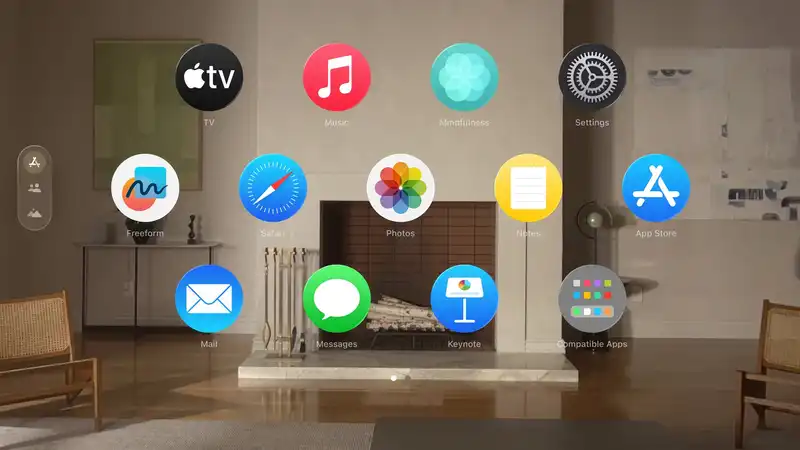The Apple Vision Pro is less than two weeks away. And it seems that many apps optimized for the headset are not waiting for its February 2 arrival.
According to a TechCrunch report, data intelligence firm Appfigures states that just over 150 apps in Apple's Store have been optimized for the Vision Pro. This number reflects an analysis of recent app updates that have added functionality and confirmed compatibility with Vision Pro.
Note that all iOS and iPadOS apps should work with the Apple Vision Pro, but they lack the immersive experience of apps written specifically for the headset's visionOS. Therefore, when wearing the Vision Pro for the first time, more than 150 apps will be available.
Still, the fact that there are so few native apps available for the Apple Vision Pro may be distressing news for those who have reserved the headset. While Apple has stated that the device will have many built-in apps, such as Safari and Messages, it would be nice to have third-party apps that would enrich the experience of using the headset. are only a little over 150, so there may be few apps to choose from in terms of the experience Vision Pro users can expect right out of the box.
Nevertheless, MacRumors reports that the number of native apps is close to 250, including flagship apps such as Carrot Weather, Fantastical, Night Sky, OmniPlan, Pcalc, WebEx, and Zoom. Disney is aggressive about supporting Apple Vision Pro, but Netflix is not. Not only will the streaming service not develop native Vision Pro apps, it will not add compatibility to its iPad apps either.
More developers may add Vision Pro apps before or shortly after the February 2 launch date.
While the Vision Pro is undoubtedly one of the most anticipated products of the year, there are still many question marks surrounding the device. And with a hefty starting price of $3,499, initial availability only in the U.S., and the very real possibility that the average consumer will see little value in spending a large sum of money on a technology they have never experienced before, developers will have to spend time and They may be taking a wait-and-see approach to determine whether they should devote the time and resources.
In any case, there is no doubt that Apple will need the support of third-party developers to make Vision Pro a success. Indeed, it is hard to imagine the iPhone and iPad being as successful as they have been over the years without the sheer number of apps and experiences available on other platforms. What Apple needs now is consumer interest (and purchase) and developer support. It seems to be winning the former among early adopters, but developer support, at least so far, seems iffy.










Comments